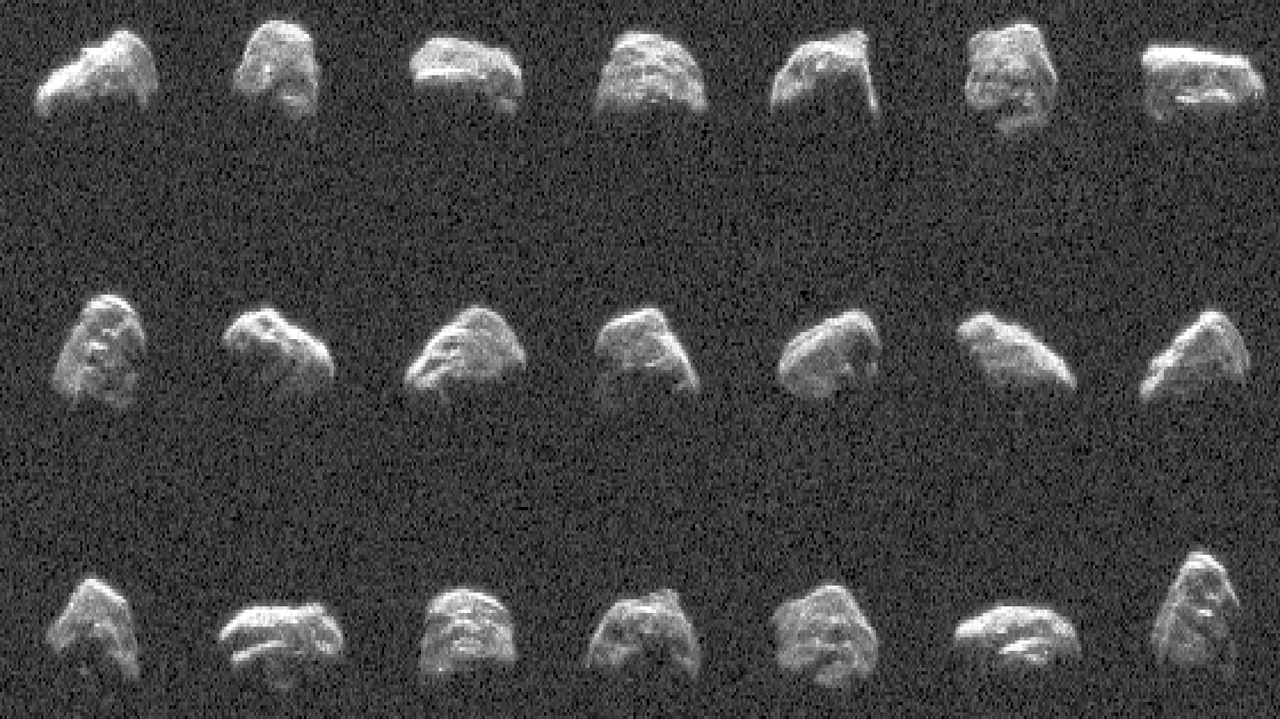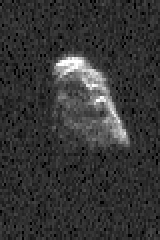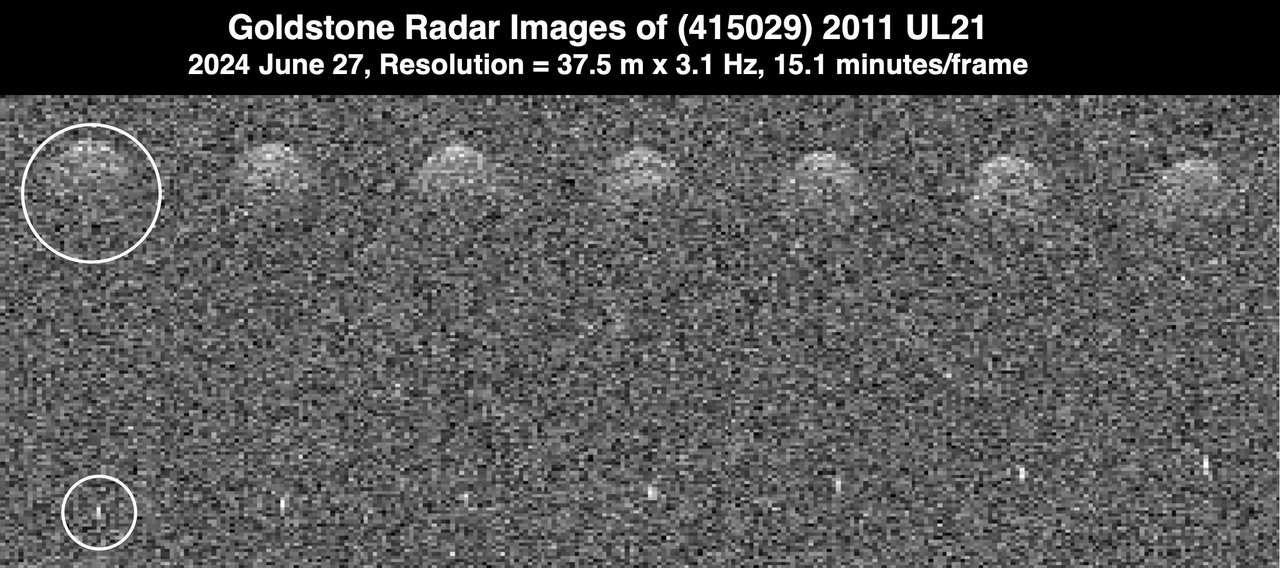
NASA's Goldstone planetary radar system recently recorded two near-Earth asteroids, 2024 MK and 2011 UL21, flying by our planet. Perhaps a tad alarming, one was only detected 13 days before it safely bypassed Earth, but scientists at the NASA Jet Propulsion Laboratory (JPL) in Southern California assure it never posed a threat. Still, the imagery they were able to collect has been extremely informative.
"There was no risk of either near-Earth object impacting our planet, but the radar observations taken during these two close approaches will provide valuable practice for planetary defense, as well as information about their sizes, orbits, rotation, surface details and clues as to their composition and formation," the team wrote in a press release.
The Goldstone Solar System Radar is located in the desert near Barstow, California. With its 70-meter-long (230-foot-long) and fully steerable antenna (DSS-14) — the only fully steerable radar in the world for high-resolution ranging and imaging — it provides full-sky coverage and has been used to investigate objects of interest within the solar system for the past three decades.
In that time, it has managed to gather invaluable information about other planets, from Mercury to Saturn, and has supported numerous exploratory missions, such as the Mars Exploration Rovers, Cassini's Saturn expedition, the Hayabusa asteroid explorers, the SOHO sun-watching probe's recovery, the Lunar Prospector, and the Venus-studying Magellan endeavor.
As was seen this week, it's also been used to track and study near-Earth asteroids, helping to prevent potential impact hazards and identify targets for future exploration missions. Radar is a powerful tool for studying asteroid properties and orbits — the ground-based station transmits radio waves to the asteroids, then receives back reflected signals that scientists can use to glean relevant information. If an object's "echo" is strong enough, radar imaging can achieve spatial resolution to identify features as fine as 10 meters (32 meters) in size.
Hello asteroids; goodbye asteroids
On June 27, the radar system tracked the asteroid 2011 UL21 as it made its way past Earth at a distance of 4.1 million miles (6.6 million kilometers). As its name hints, the asteroid has been known to NASA scientists since 2011, having been discovered during the Catalina Sky Survey in Tucson, Arizona.
About a mile wide (1.6 kilometers wide), this object was the first to come close enough to be imaged by an Earth-planted radar, allowing scientists to determine its shape is roughly spherical and that it is accompanied by its own "moon" that orbits a distance of about 1.9 miles (3 kilometers) from the asteroid.
"It is thought that about two-thirds of asteroids of this size are binary systems, and their discovery is particularly important because we can use measurements of their relative positions to estimate their mutual orbits, masses and densities, which provide key information about how they may have formed," said Lance Benner, principal scientist at JPL who helped lead the observations.

While NASA scientists say that, due to its size, 2011 UL21 has been classified as potentially hazardous, calculations of the asteroid's orbit indicate it won't pose any real threat in the near future.
Then, just two days later, another asteroid appeared. The same team observed asteroid 2024 MK passing our planet at a distance of only 184,000 miles (295,000 kilometers), slightly more than three-quarters of the distance between the moon and Earth. Close approaches like this are relatively rare, according to the team, but provide valuable insights that would otherwise be difficult to obtain.
"This was an extraordinary opportunity to investigate the physical properties and obtain detailed images of a near-Earth asteroid," said Benner.
2024 MK was first identified on June 16 by the Asteroid Terrestrial-impact Last Alert System (ATLAS) at Sutherland Observing Station in South Africa. "Its orbit was changed by Earth's gravity as it passed by, reducing its 3.3-year orbital period around the sun by about 24 days," the team stated in the release.

On June 29, the scientists again transmitted radio waves to 2024 MK — but, that time, received the returning signal with Goldstone's 114-foot (34-meter) DSS-13 antenna rather than DSS-14. "This 'bistatic' radar observation produced a detailed image of the asteroid's surface, revealing concavities, ridges and boulders about 30 feet (10 meters) wide," they wrote.
About 500 feet (150 meters) wide, this asteroid appears to be elongated and angular, with prominent flat and rounded regions. Although it too is classified as a potentially hazardous asteroid, calculations of its future motion show that it does not pose a threat to our planet for the foreseeable future.







